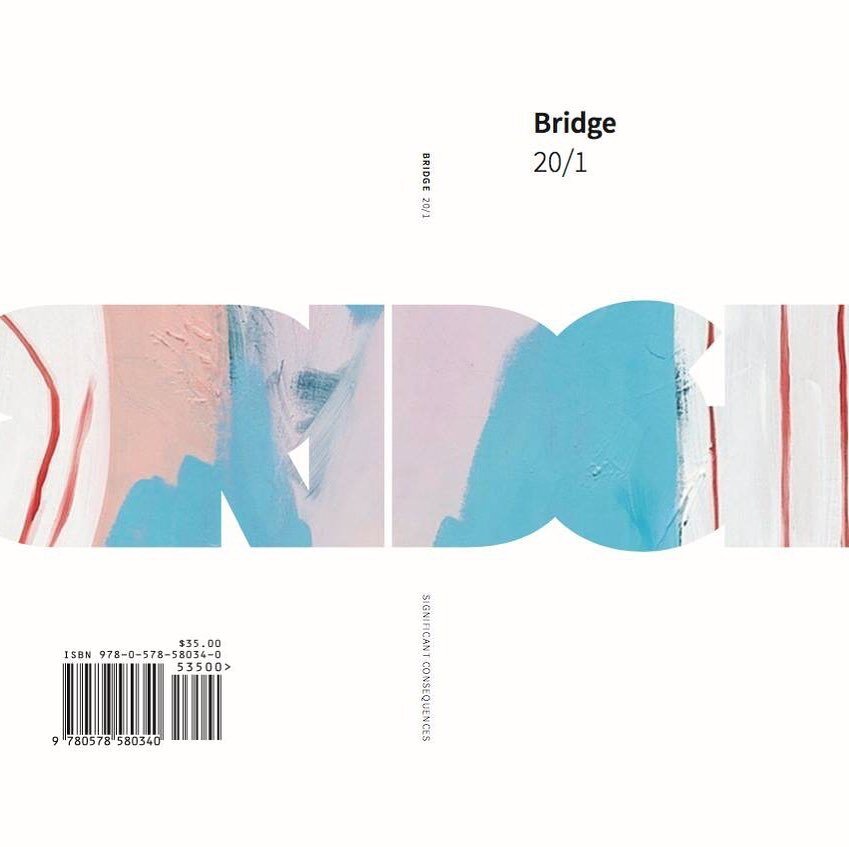REVIEW: “Difference Machines: Technology and Identity in Contemporary Art” at Wrightwood 659
Installation view of Saya Woolfalk’s “Landscape of Anticipation 2.0” (2021) in Difference Machines: Technology and Identity in Contemporary Art at Albright-Knox Northland, October 16, 2021–January 16, 2022 (© Saya Woolfalk, photo by Brenda Bieger for Buffalo AKG Art Museum).
REVIEW
Difference Machines: Technology and Identity in Contemporary Art
Wrightwood 659
220 E Chicago Ave
Chicago IL 60611
October 13, 2023—December 16, 2023
By Meredith Wood Bahuriak
Difference Machines: Technology and Identity in Contemporary Art presents a diverse group of 17 artists and collectives who reimagine the digital tools shaping our lives. The exhibition includes projects spanning the last three decades, from software-based and internet art to animated videos, bioart experiments, digital games, and 3D-printed sculptures. Together, these works explore the aesthetic and social potential of emerging technologies and the essential question: What does it mean to live in a digital world?
Installation view of Danielle Brathwaite-Shirley’s “WE ARE HERE BECAUSE OF THOSE THAT ARE NOT” (2020) in Difference Machines: Technology and Identity in Contemporary Art at Albright-Knox Northland, October 16, 2021–January 16, 2022 (© Danielle Brathwaite-Shirley, photo by Tina Rivers Ryan for Buffalo AKG Art Museum).
The 20 works on view in Difference Machines exemplify different strategies for adapting technology to artmaking. Together, these works explore the aesthetic and social potential of emerging technologies. Some emphasize how digital tools can be repurposed to tell more inclusive stories or imagine new ways of being. Others show how becoming visible within digital systems can be a trap that leads to the technological exclusion, surveillance, and exploitation of marginalized communities. Dynamic and interactive, these projects transform the space of the museum into a laboratory for reflecting on and experimenting with our increasingly powerful “difference machines,” in the hopes of achieving a more equitable future.
Installation view of Stephanie Dinkins’s “Conversations with Bina48: 7, 6, 5, 2, 2014–present (ongoing)” in Difference Machines: Technology and Identity in Contemporary Art at Albright-Knox Northland, October 16, 2021–January 16, 2022 (© Stephanie Dinkins, photo by Amanda Smith for Buffalo AKG Art Museum).
Difference machines also cultivate a historical amnesia: once you have the iPhone 15, you can’t remember the iPhone 3. Things are made obsolete so quickly. Technology can be intervened in, and different futures imagined.
The reality is that technology has a potential to be both liberatory and oppressive. The answer hinges on the politics of visibility. Who gets to choose to be visible or invisible? For some artists, the liberatory potential is found in demanding to be visible, taking up space, and being recognized. For others, the power lies in refusing to be legible or recognizable. The work of Zach Blas, for example, can be read as a very practical and strategic way to resist being detected by systems, like using masks to avoid facial recognition technology. But more profoundly, it is actually about refusing the reduction of difference to an act of naming that codifies identity as something stable instead of dynamic, and something named only to be controlled. Likewise, Sean Fader uses photography and Google Earth databases to memorialize victims of LGBTQ+ hate crimes. But he is cognizant of the fact that being visible was what made these people get killed. There are many emotional tones in the exhibition: joyful, mournful, angry, satirical, neurotic, etc. All of them show that visibility is a double-edged sword.
Installation view of Zach Blas’s Facial Weaponization Suite, 2012-2014, in Difference Machines: Technology and Identity in Contemporary Art at Albright-Knox Northland, October 16, 2021-January 16, 2022. © Zach Blas. Photo: Brenda Bieger for Albright-Knox Art Gallery, Buffalo, New York.
Difference Machines: Technology and Identity in Contemporary Art is organized by the Buffalo AKG Art Museum (formerly the Albright-Knox Art Gallery) and co-curated by Tina Rivers Ryan, PhD, Curator, Buffalo AKG Art Museum, and Paul Vanouse, Professor, University at Buffalo. Difference Machines: Technology and Identity in Contemporary Art earned the 2022 Curatorial Award for Excellence from the Association of Art Museum Curators (AAMC), making it the first major survey of art and technology to be acknowledged by the AAMC.
Meredith Wood Bahuriak is a freelance writer and digital content creator, social media and marketing strategist, and video producer based in Chicago.
Like what you’re reading? Consider donating a few dollars to our writer’s fund and help us keep publishing every Monday.






